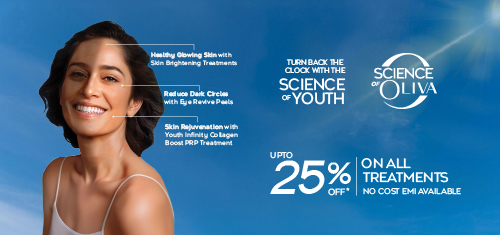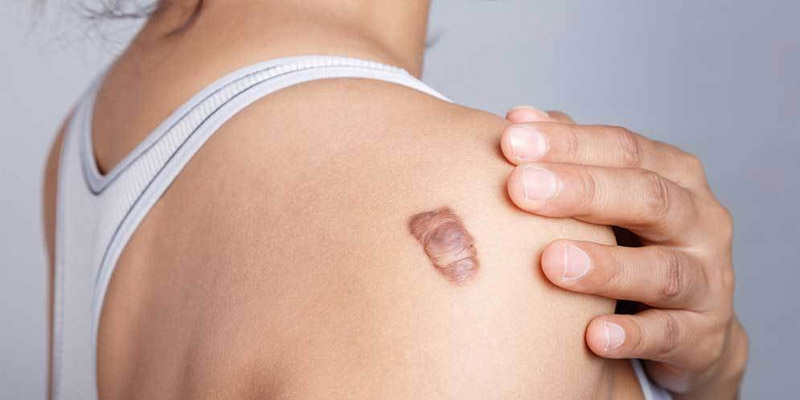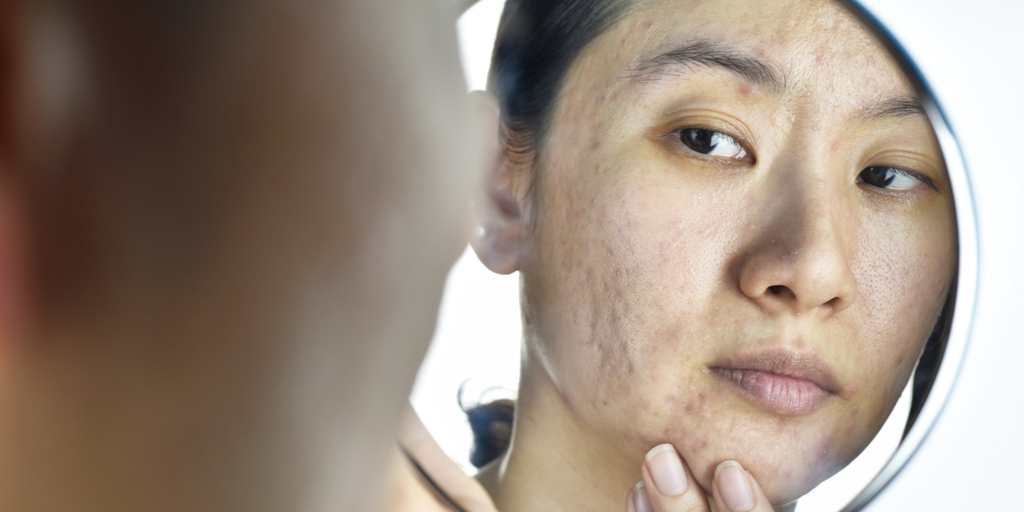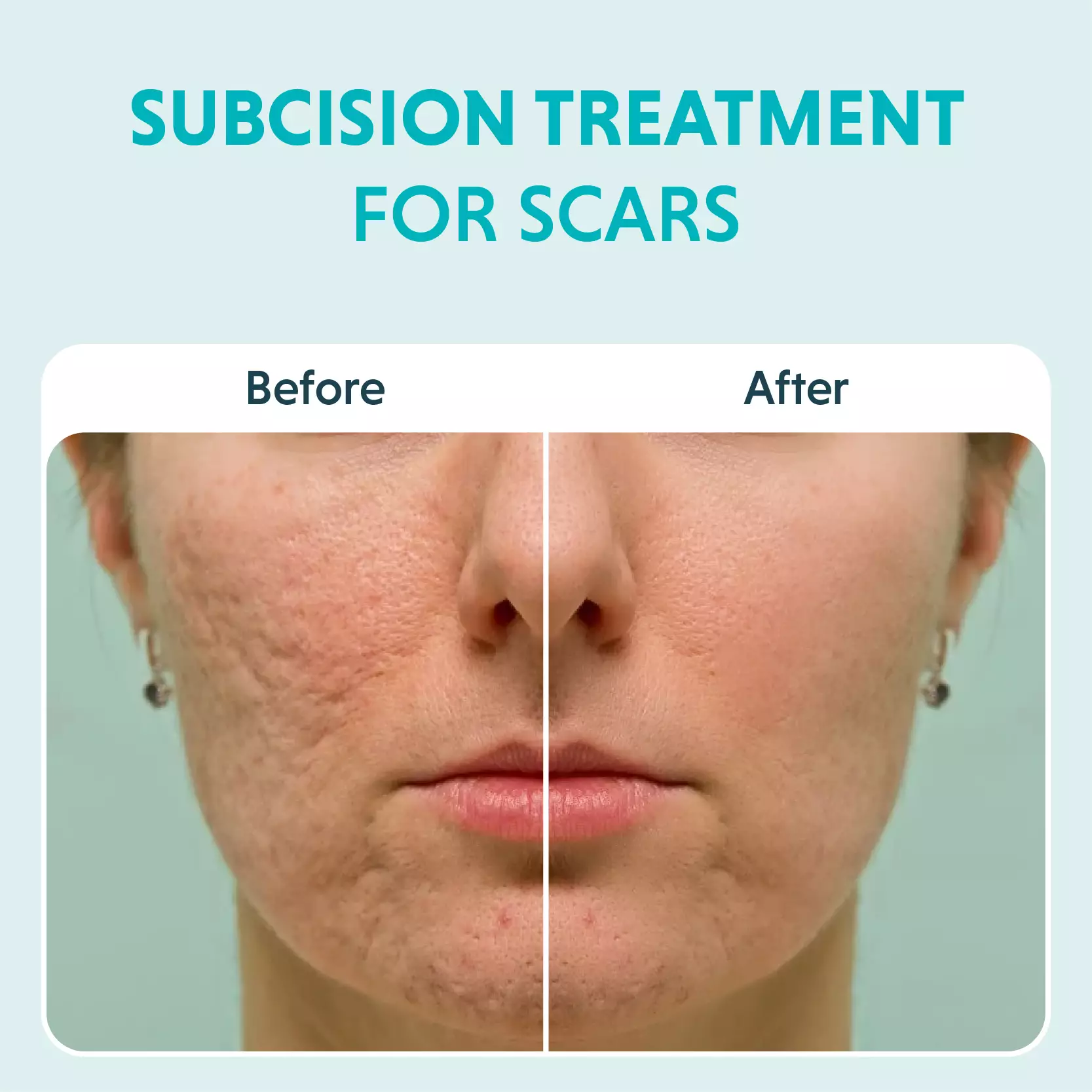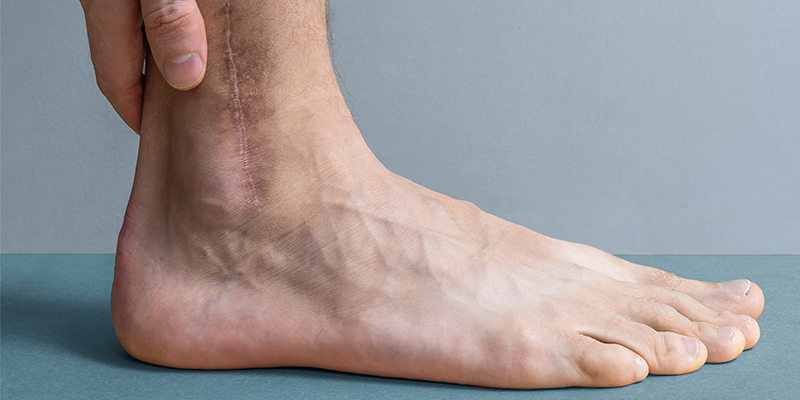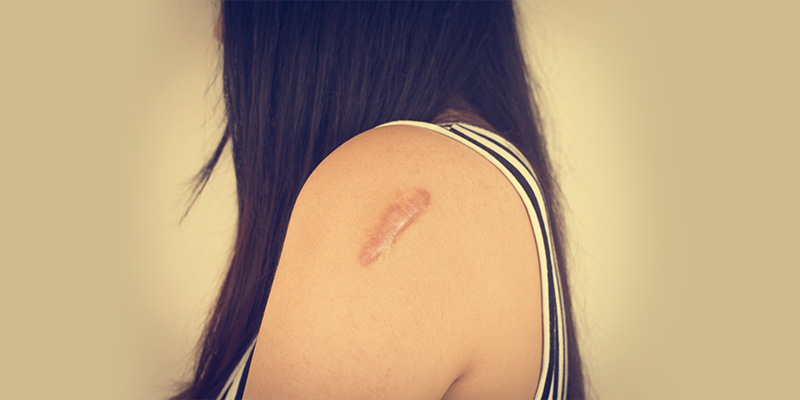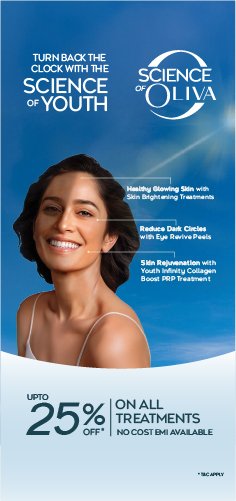In This Article
PRP Treatment For Acne Scars: Cost, Benefits & Results
Looking to get rid of acne scars? PRP (Platelet-Rich Plasma) treatment has gained significant popularity as an effective, non-surgical solution for reducing acne scars. But the question remains: Does PRP really work for acne scars? In this article, we’ll answer that and more, providing a comprehensive guide on PRP for acne scars. Learn how this cutting-edge treatment works, the types of scars it can treat, the procedure steps, aftercare tips, and the cost of PRP treatment for acne scars. Keep reading to discover if PRP is the right solution for your acne scars!
In This Article
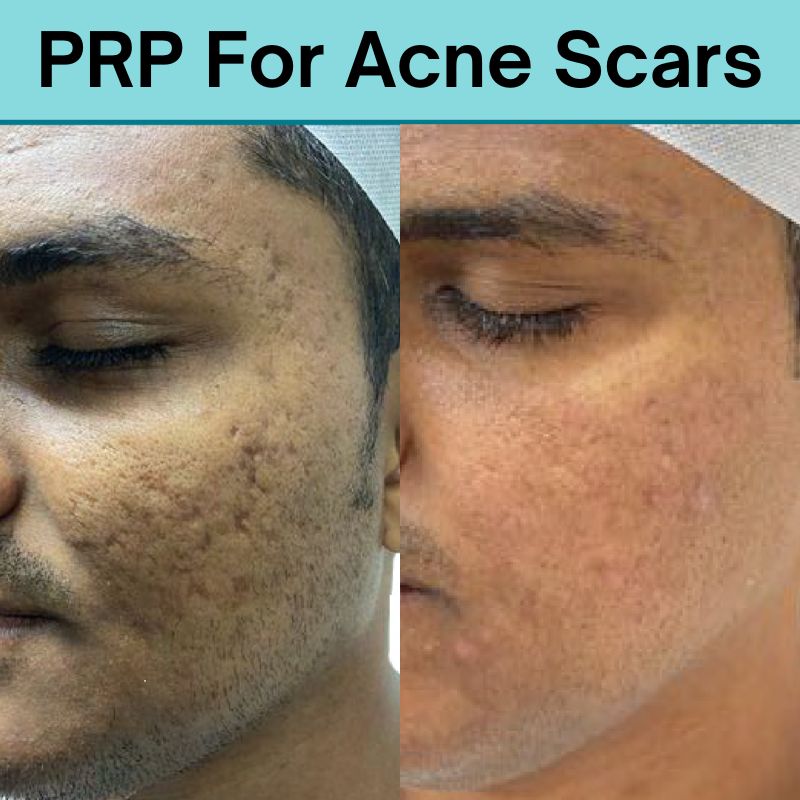
How Does PRP Treatment Work for Acne Scars?
PRP treatment works by stimulating the skin’s natural healing process to repair acne scars and improve skin texture. It contains powerful growth factors that activate fibroblasts—cells responsible for collagen and elastin production. When PRP is injected into acne scars, it triggers collagen remodeling, accelerates cell regeneration, [1] and promotes tissue repair.
This process helps fill in depressed scars, smooth out skin texture, and enhance overall skin quality. [2] PRP also boosts blood circulation in the treated area, ensuring better oxygen and nutrient supply, which aids in faster healing. [3] Over time, PRP treatment reduces scar depth, improves skin elasticity, and promotes long-term skin renewal.
Which Types of Acne Scars Can PRP Treat?
PRP for acne scars is effective for various types of scars and generally works by minimising the scar size. [4] The PRP skin treatment for acne scars applies to the following types of scars:
-
Atrophic Scars (Ice Pick, Boxcar, and Rolling Scars):
Atrophic scars are sunken, pitted depressions in the skin that lend it an uneven texture. PRP for scars on face helps stimulate collagen production, which aids tissue regeneration. [5] Over time, through multiple sessions, the PRP injection for acne scars fills the depressions, lending you a smoother and even texture.
-
Hypertrophic Scars
These scars are usually raised and have thickened tissue. [6] The PRP for face scars regulates collagen production and softens the skin tissue. The treatment also supports skin remodelling, improving the texture and making the scars less noticeable.
-
Keloids:
These scars are similar to the hypertonic scars formed by an overproduction of collagen. PRP for acne scars works by controlling collagen production and reducing the inflammation around the scars. Over time, they become less prominent.
PRP skin treatment for acne scars is also helpful in managing Post-Inflammatory Hyperpigmentation (PIH). Although it is not a scar, it does affect skin tone, causing discolouration around the scars. With PRP treatment, the blood flow to the area is increased, and pigmentation lightens, creating a more even skin tone. It also reduces inflammation, which is the primary cause of the development of these scars. [7] PRP treatment for acne scars is an effective mixed scar treatment as it can target multiple layers of skin damage.
PRP Treatment Procedure for Acne Scars:
The PRP scar removal treatment is a quicker process than other cosmetic procedures. If you intend to go for the PRP skin treatment for acne scars, this is what you can expect:
-
Pre-Treatment:
-
During the Treatment
-
Post-Treatment
How Much Does PRP Treatment For Acne Scars Cost?
The cost of PRP treatment for acne scars can vary depending on factors such as location and the clinic you choose. On average, PRP treatment for acne scars can range from INR 5,000 to INR 15,000 per session. The total cost depends on the number of sessions required to achieve the desired results.
Benefits of PRP Treatment for Acne Scars
PRP (Platelet-Rich Plasma) therapy is a cutting-edge, non-surgical solution for acne scars that leverages the body’s natural healing abilities. Here are the key benefits:
-
Boosts Collagen Production:
Stimulates collagen and elastin to repair scarred skin and improve texture.
-
Reduces Acne Scar Depth:
Helps fill in atrophic (depressed) scars for a smoother complexion.
-
Enhances Skin Regeneration:
Accelerates cell turnover and promotes new skin tissue formation.
-
Minimally Invasive & Safe:
Uses the body’s own platelets, reducing the risk of allergic reactions or complications.
-
Improves Skin Elasticity:
Increases firmness and hydration, giving skin a youthful glow.
-
Suitable for All Skin Types:
Works effectively on various skin tones and scar types.
-
Long-Lasting Results:
Provides gradual, natural-looking improvements over time.
-
Quick Recovery & Minimal Downtime:
Allows you to return to daily activities soon after treatment.
PRP treatment for acne scars is an excellent option for those looking for a scientifically backed, safe, and effective solution to improve skin texture and restore confidence.
PRP For Acne Scars: Side Effects & Safety
PRP treatment for acne scars is a minimally invasive and safe procedure, but like any skin treatment, it may cause mild and temporary side effects in some individuals. These typically subside within a few days. Common side effects of PRP treatment for scars include [8]
- Mild Swelling: Temporary puffiness in the treated area
- Redness: Slight redness that fades as the skin heals
- Skin Irritation : Sensitivity or tightness in the treated area
- Rare Risk of Infection: If post-treatment care is not followed properly
- Minimal Oozing: Slight fluid discharge at the injection sites (resolves quickly)
Following proper aftercare and dermatologist guidelines can significantly reduce these side effects, ensuring a smooth recovery and optimal results.
What Results Can You Expect from PRP Treatment for Acne Scars?
PRP treatment for acne scars helps improve skin texture by boosting collagen production, reducing the depth of depressed scars, and evening out skin tone. Results are gradual, with noticeable improvements in 4 to 6 weeks and long-lasting effects after multiple sessions. You can expect smoother skin, reduced scar visibility, and increased firmness. PRP also aids in fading redness and pigmentation, leaving you with healthier, more youthful-looking skin. For enhanced results, it can be combined with other treatments like microneedling or laser therapy.
Takeaway
Is PRP good for acne scars? The answer is a resounding yes. PRP for acne scars is a cost-effective treatment for atrophic and hypertrophic scars and keloids. It boosts collagen and elastin production and also helps skin regeneration to minimise scars and fill in depressions. The outcome of the treatment is a smooth and improved skin texture with negligible side effects. If you are planning to opt for PRP treatment for acne scars, we recommend consulting an experienced dermatologist in a reliable clinic.
Frequently Asked Questions
Yes, PRP is effective for acne scars. Platelet-Rich Plasma (PRP) stimulates the skin’s healing and regeneration process by encouraging collagen production, which helps smoothen and fade acne scars. This non-surgical treatment improves skin texture and promotes a more even complexion over time.
No, scars typically do not come back after PRP treatment. PRP works by stimulating collagen production, improving skin texture, and fading scars over time. However, maintenance treatments or additional sessions may be needed depending on the severity of the scars and individual skin response. Proper skin care after treatment also helps prevent new scarring.
For optimal results, dermatologists combine PRP with chemical peeling, laser therapy, and micro-needling treatments.
PRP for acne scars is a supplemental treatment to reduce scar tissue, as it boosts natural growth factors to regenerate tissues.
Generally, dermatologists recommend 6 to 8 sessions for visible results. However, it depends on factors like the severity of the scar and the candidate’s existing skin issues. The gap between the sessions will also vary for every individual.
PRP helps fade acne scars significantly, making them less prominent. Some people may experience smooth scar-free skin; however, it is subjective to the scar type, spread and severity.
Anyone over 18 with acne scars can take PRP for acne scars treatment. However, dermatologists do not recommend it for pregnant women, lactating mothers, and candidates with active infections in the treatment area, certain skin issues, or blood disorders.

